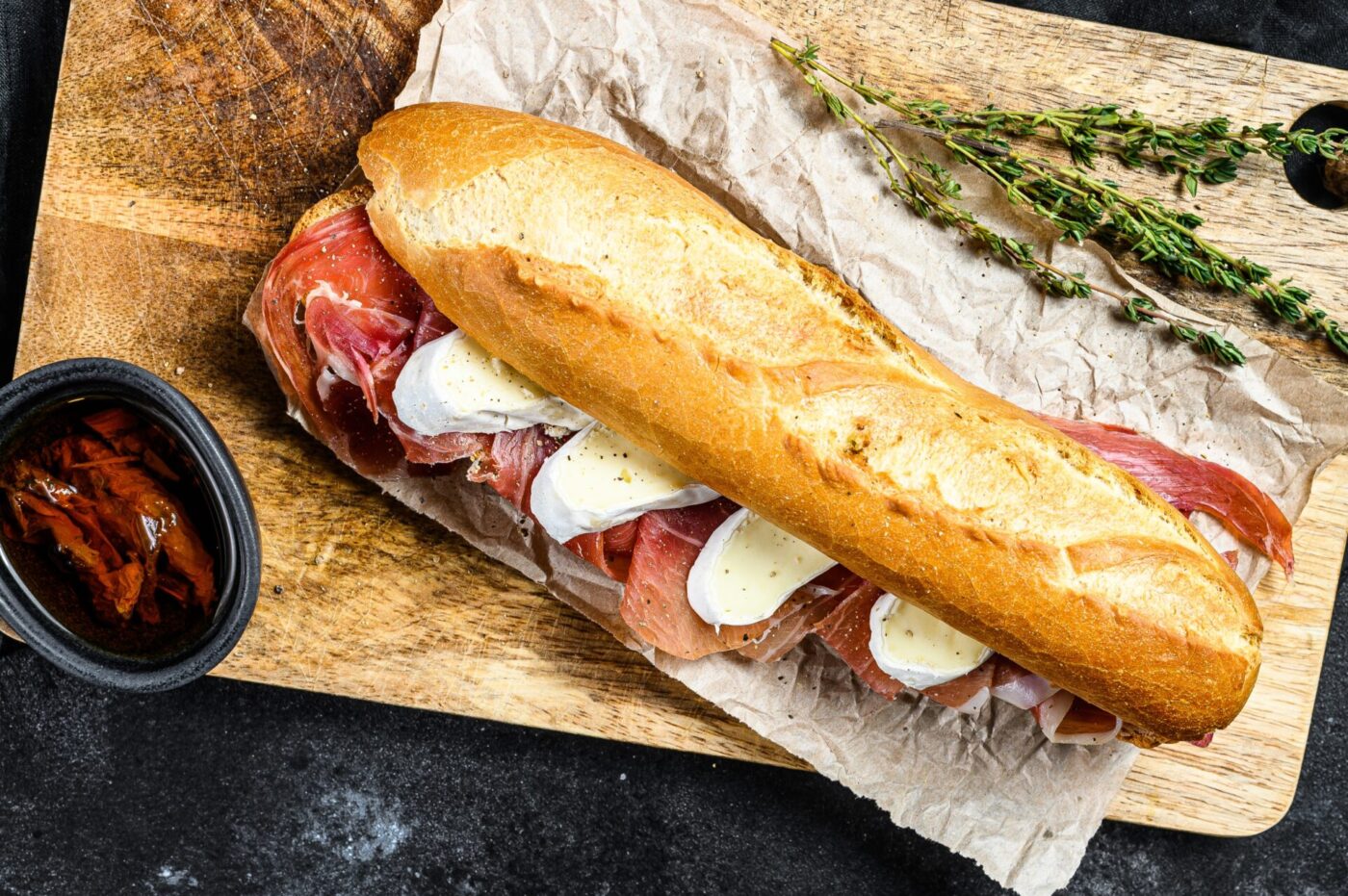American Baguette
The American baguette, a cousin to its iconic French counterpart, has carved its own niche in the culinary landscape, offering a unique twist on the classic bread. While retaining the essence of the baguette's long, slender shape and crusty exterior, the American baguette often incorporates subtle variations in ingredients and baking techniques, resulting in a bread that is both familiar and distinctly American.

Comments